1. Step One: Referral for Assistive Technology Assessment
1.1. Types of referrals: initial referral, referral of a transfering student, request for a student already receiving special education services (Beard, Carpenter & Johnston, 2011).
1.1.1. Referrals are made by: family member, referring agency, physician, teacher, or other school professional Beard, Carpenter & Johnston (2011).
1.1.1.1. Information considered: Student data or personal information, medical data or vital concerns, vision and hearing reports, information about technology/equipment currently in use, background information regarding any related services provided previously for the student Beard, Carpenter & Johnston (2011)
2. Step Four: Implementation of the Assistive Technology Device
2.1. The Device: is now purchased and implemented to meet student's learning outcomes (Beard, Carpenter & Johnston, 2011).
2.1.1. The special education teacher: assesses the AT device while the student is also assessed to see if his or her learning goals are met Beard, Carpenter & Johnston (2011).
3. Step Two: Conducting an Assistive Technology Assessment
3.1. What is reported: AT assessment is based on the student's records, additional informal observations and information gathering, and normal assessment of the student's existing skills (Beard, Carpenter & Johnston, 2011).
3.1.1. Obtaining general information through: Direct observation- AT specialist spends time focused on observing the student's abilities and skills Beard, Carpenter & Johnston (2011).
3.1.1.1. Obtaining general information through: Interviews- AT specialist gathers information about specific areas of interest and gives parents,teachers, and the students opportunities to express their experiences, interest, and concerns Beard, Carpenter & Johnston (2011).
3.1.1.1.1. Obtaining general information through: Formal Assessment- The AT specialist matches assessments and parts of assessments to the student with regard to age, experiences, cognitive level, behavorial issues, and social skills Beard, Carpenter & Johnston (2011).
4. Step Three: The Individualized Education Program Team
4.1. Role of the IEP team: makes decisions based on the report given by the AT specialist and in light of other information found in the student's IEP (Beard, Carpenter & Johnston, 2011).
4.1.1. Ready for Device Trials: the team has decided student needs AT for access and support. The device is loaned or leased. The student and others who will be working with the student should be trained how to use it Beard, Carpenter & Johnston (2011).
